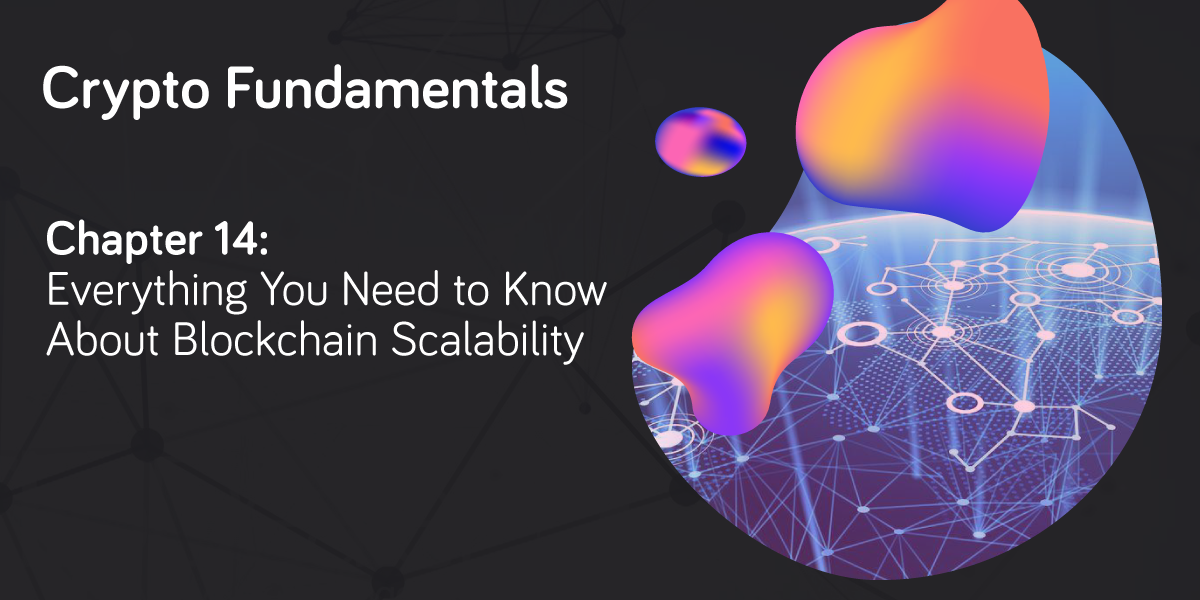Scaling is the process of increasing the capacity of a specific object. Most certainly, you’ve heard from friends or entrepreneur groups how every local business tries several methods to increase the number of franchises, increase the office space, increase profit, etc. Everything has a focus on increasing because the system we live in is built on growth.
As in real life, we can talk about scaling when it comes to technology. The bigger the system, the more people can use the Blockchain simultaneously, which means more money can enter the market.
Regarding growth, vertical scaling — or scale-up — refers to the capacity growth o a single machine. In addition, the term is used to reference system expansion, as scaling helps the development of a network by adding more power and memory to the processing unit. On the other hand, horizontal scaling adds more nodes to an existing system.
How are vertical & horizontal scaling done?
Vertical scaling keeps the existing infrastructure and adds power. The code does not need to be changed — it just needs to be used on higher-end machinery with better specifications.
Scaling up grows the capacity and power of single machinery. This is like adding more resources to a single node, such as increasing the CPU or RAM to face a difficult task that’s continuously growing. Vertical scaling offers the possibility to increase hardware or software capacity, but it’s essential to keep in mind that the existing server limits its growth.
If these are not possible, horizontal scaling is the alternative — adding more machinery without improving or scaling up the existing ones. By scaling out, the processing power is distributed to more machinery equipment.
How does Blockchain Scaling work?
Scaling works with traditional systems at its best, considering how long it takes to improve them. However, it’s essential to know that it’s challenging to grow a system by adding more entities (like miners and nodes) in Blockchain technology. Existing Blockchain Systems are difficult to scale because of their distributed consensus protocol.
Right now, the Blockchain Scaling efforts are limited to cryptocurrencies. Blockchain System scaling for general purposes (non-crypto apps) is still being debated.
In a Blockchain Network, transactions and blocks are validated by all participant nodes. Therefore, one take over the scaling debate is the creation of a completely parallel Blockchain System, a process called sharding.
A database fragment, or a simple fragment/shard, is a horizontal partition of data kept in the database or the search engine. Sharding is a distribution method of a single data set to more databases, which can be later stored on multiple machines. This allows more extensive data sets to be distributed in smaller pieces and stored in various data nodes, thus increasing the storage limit of the entire system. In addition, each fragment is kept on a separate part of the base server to properly spread the data load for easier and faster processing.
Sharding is one of the leading solutions for scalability problems. Among these solutions is also the segregated witness method — or SegWit. SegWit improves Bitcoin’s protocol, which helps and focuses on how the data is structured. SegWit helps by eliminating signature data associated with each transaction, offering more capacity to store more transactions. It’s important to mention that the digital signature for property verification and sender’s disponibility funds occupy 70% of the entire transaction data. The elimination of its digital signature could free more space that can be used to store more transactions. Taproot does that, but it’s not widely implemented and accepted.
What if nothing changes in the future?
If scalability methods are not improved in the Blockchain World, transactions can require more space and time to process, which is not the outcome that investors and holders want. In a financial world where bank transactions are settled instantly, the exact requirement is asked from a decentralized system.
In conclusion, increased scalability should be the primary focus of blockchain development as it could provide the groundwork for increasing speed and security, as well as minimizing space usage.
Now that you’re familiar with the topic of scalability, keep learning about crypto and blockchain technology on our blog. Staying informed is crucial to a trader’s success. If you’re ready for the practical part of things, register on IXFI and enjoy a seamless experience with Your Friendly Crypto Exchange.
Disclaimer: The content of this article is not investment advice and does not constitute an offer or solicitation to offer or recommendation of any investment product. It is for general purposes only and does not take into account your individual needs, investment objectives and specific financial and fiscal circumstances.
Although the material contained in this article was prepared based on information from public and private sources that IXFI believes to be reliable, no representation, warranty or undertaking, stated or implied, is given as to the accuracy of the information contained herein, and IXFI expressly disclaims any liability for the accuracy and completeness of the information contained in this article.
Investment involves risk; any ideas or strategies discussed herein should therefore not be undertaken by any individual without prior consultation with a financial professional for the purpose of assessing whether the ideas or strategies that are discussed are suitable to you based on your own personal financial and fiscal objectives, needs and risk tolerance. IXFI expressly disclaims any liability or loss incurred by any person who acts on the information, ideas or strategies discussed herein.


